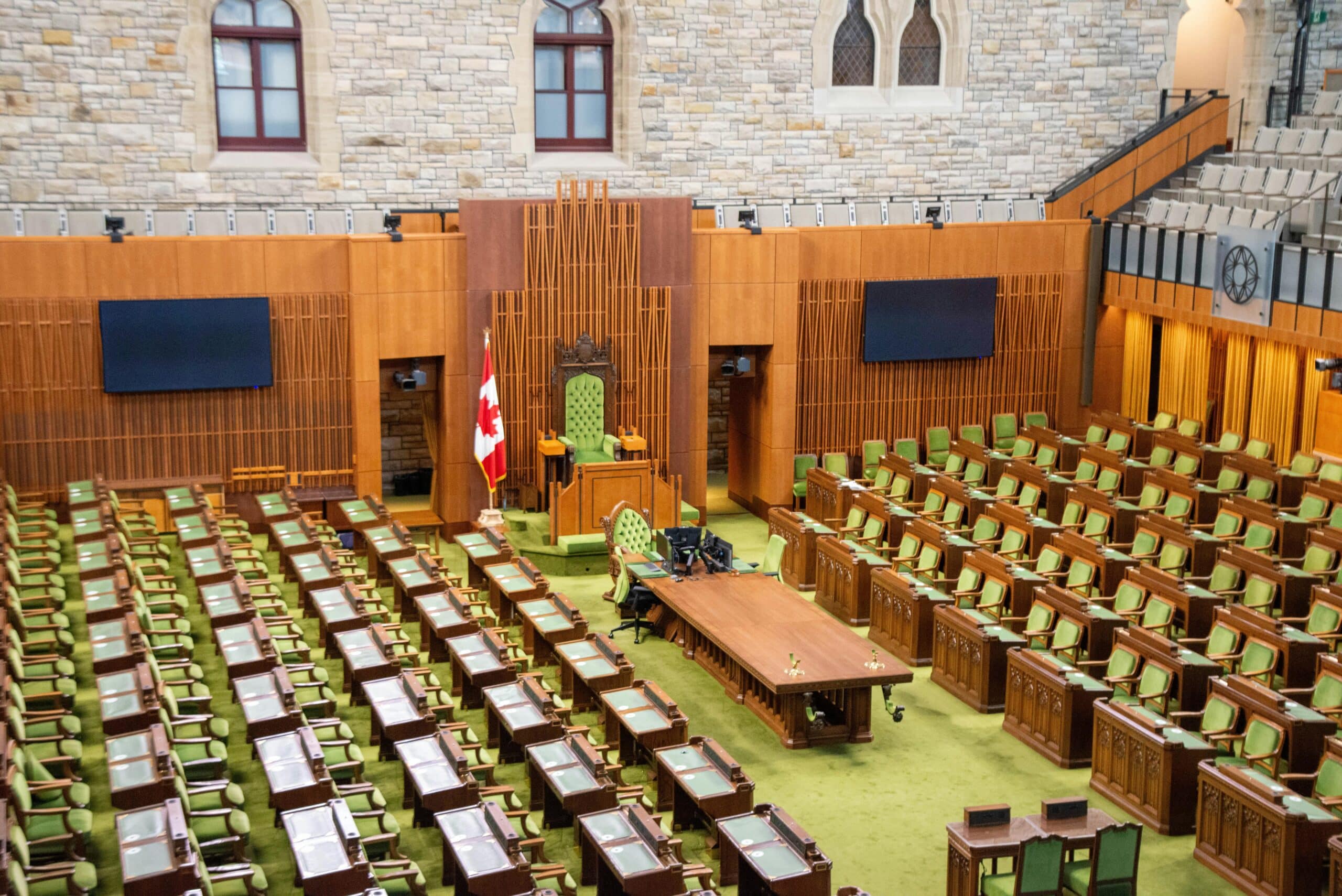President Donald Trump has released a brief document outlining what his administration is calling “the biggest tax cut in U.S. history”. Canadians should not assume the proposed Trump Tax Plan outlined below will become law. There is no “Budget Night” equivalent in the U.S. A description of the legislative hurdles facing the president will follow the description of the proposals.
In 1986, President Reagan was able to use his immense personal skills coupled with a landslide electoral victory over Walter Mondale in 1984 to gain bipartisan support for the last major tax reform in the U.S. President Trump neither possesses the electoral mandate nor the support of President Reagan. Therefore, there is no reason to believe that all, or even some, of the proposals outlined below will become law.
The highlights of the proposed tax plan are as follows:
- A proposed reduction of the tax rate for corporations from 35% to 15%. The 15% rate would also apply to pass through entities such as partnerships and S corporations.
- A simplification of the U.S. individual tax brackets to three brackets with a reduction of the top bracket from 39.6% to 35%.
- An elimination of all itemized deductions except for home mortgage interest and charitable contributions.
- A doubling of the standard deduction.
- An elimination of the 3.8% Net Investment Tax (“the Obamacare tax”) on investment income for individuals over a certain threshold.
- A one-time tax on the $2.6 trillion that U.S. based multinational corporations have left offshore.
- A move to end the taxation of U.S. based multinationals foreign earnings by moving to a territorial system in which most foreign profits would be exempt from U.S. taxation.
- An elimination of the U.S. estate tax and alternative minimum tax.
- No mention is made of a “border adjusted tax” which had been promoted by Congressional Republications which would have disallowed deductions for goods and services which are “imported” into the U.S.
Impact on Canadians
In the unlikely event that all of these proposals in Trump’s tax plan will become law (as will be discussed further herein), the following repercussions can be anticipated in Canada:
- An elimination of the 3.8% net investment tax imposed on certain U.S. expatriates resident in Canada.
- The proposed elimination of the state and local tax deduction will be felt by residents of high tax, traditionally Democratic, states such as California and New York. Though the highest rate of tax is proposed to be reduced somewhat, the reduction may not be compelling enough to cause Canadian federal and provincial governments to “match” the rate reductions.
- On the other hand, the proposed dramatic reduction in corporate tax rates could give Canadian governments some pause in their apparent plans to increase corporate tax rates. With the existing spread between an approximate 40% U.S. federal/state tax rate and a 26.5% Ontario tax rate, businesses are incentivized to use mechanisms to increase Canadian taxable income and decrease U.S. taxable income. The potential for a reduced U.S. rate could reverse this planning.
- The proposed move to a territorial system of taxing U.S. based multinational income is to stem the flow of inversion transactions whereby U.S. companies were merging with offshore companies and becoming, effectively, foreign companies to escape the tax disadvantages of being a U.S.-based multinational. Democrats have proposed a toughening of the anti-inversion rules to no avail. Republicans have proposed a U.S. tax system which is more competitive on the global stage. It is a classic case of using the carrot where the stick has not worked.
Likelihood of Passage
Notwithstanding Republican control of the White House and both houses of Congress, passage of these proposals is far from assured. Consider the following process:
- The House Ways and Means Committee will have to agree on a bill.
- The bill will then go to the House of Representatives for a vote. If the House passes a bill, it goes to the Senate Finance Committee.
- The Senate Finance Committee will likely draft their own version of a tax bill which will almost certainly differ from the House version.
- If the Senate Finance Committee passes a bill, it will go the full Senate.
- As the Trump proposal will increase deficits over a 10 year period, it will require a “super majority” of 60 of 100 senators to pass the bill. There are 52 Republicans in the Senate. Charles Schumer, the Democratic leader of the Senate has promised opposition to a tax plan that gives tax breaks to the highest earners.
- If the Senate achieves a super majority, the differences between the two bills must be reconciled by a joint committee of both houses of Congress and passed by each, with a super majority likely required in the Senate once again.
- If President Trump vetoes the legislation, the process starts all over again.
In the last Canadian Federal Budget, many commentators believed that Finance Minister Bill Morneau was adopting a “wait and see” attitude based on the potential for U.S. tax reform to impact Canada. It is quite possible that the “wait and see” approach may have to continue if there is a political statement in Washington D.C.
If you have any questions or would like to discuss the highlights mentioned above, contact your Zeifmans advisor or Stanley Abraham at sa@zeifmans.ca or 647.256.7551.



